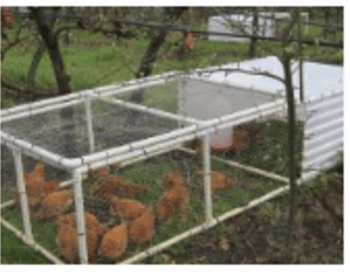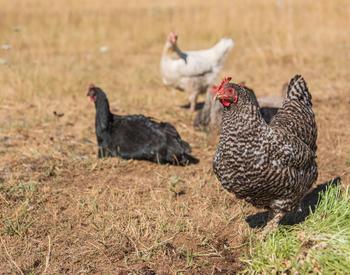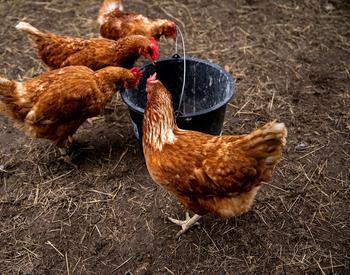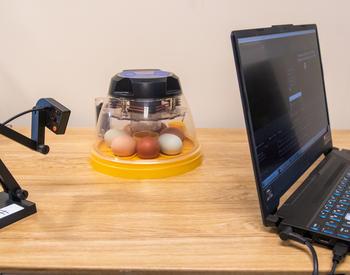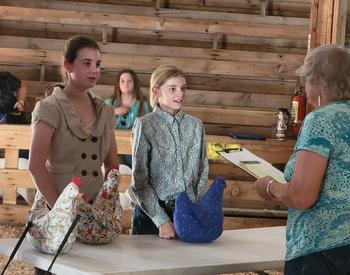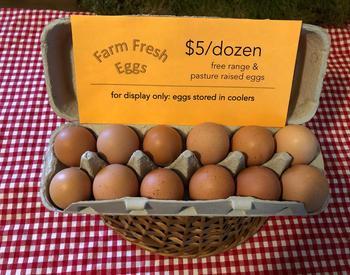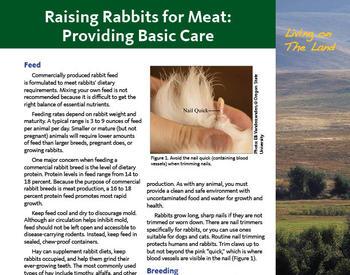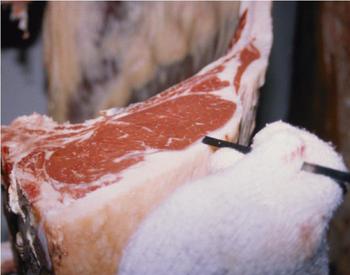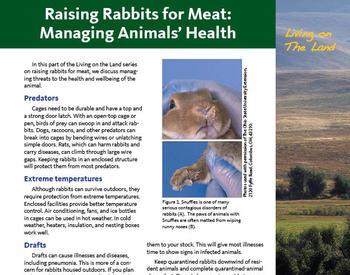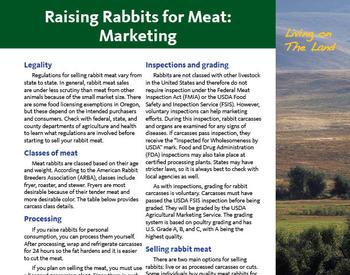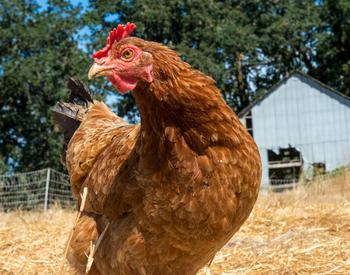Transcript
Welcome to Living on the Land, an award-winning source of useful information brought to you by your Oregon State University Extension Service.
In this episode, let's talk about feeding your rabbits. It's a good idea to buy premixed rabbit food instead of making your own. That's the best way to be sure your rabbits are getting all the nutrients they need to be healthy. Rabbits typically eat from 3 to 9 ounces of feed per day. How much they eat depends on their breed and whether or not they're growing or pregnant. When raising rabbits for meat production, the biggest dietary concern is whether they're getting enough protein.
A feed with 16 to 18 percent protein will promote the fastest growth. Always keep feed in a cool, dry location that's secure from rodents and other critters that can carry disease. Hay can also be a good supplement for your rabbit's diet. Hay can be added as a source of protein to help your rabbits grow. Consider your rabbit's dietary needs when choosing a type of hay. Chewing on hay also helps rabbits grind their ever-growing teeth. Their nails also need to be kept in shape, so be sure to trim them using clippers made for small animals. Try not to give your rabbits too many treats. Overconsumption of foods like carrots can keep young animals from growing and can make older animals sick. Giving your rabbits fresh food and water in a clean, safe cage will go a long way to keeping them healthy. For more information on raising rabbits for meat, contact your local OSU Extension Service Agent or the local chapter of the American Rabbit Breeders Association.
This podcast episode discusses feeding and caring for rabbits and using premixed rabbit food for a balanced diet, adjusting the quantity based on breed and life stage. Aim for 16 to 18 percent protein for meat rabbits. Store feed in a secure, dry place. Hay supplements provide protein and aid dental health. Regular nail trimming is crucial. Limit treats to avoid health issues. Maintain a clean cage with fresh food and water. For more guidance, contact your local OSU Extension Service Agent or the American Rabbit Breeders Association.
This is from the Living on the Land series. Download the related PDF - Living on The Land: Raising Rabbits for Meat—Providing Basic Care
The phrase “Living on The Land” is used with permission from Living on The Land Stewardship for Small Acreage, © 2008, UNCE/WSARE.
